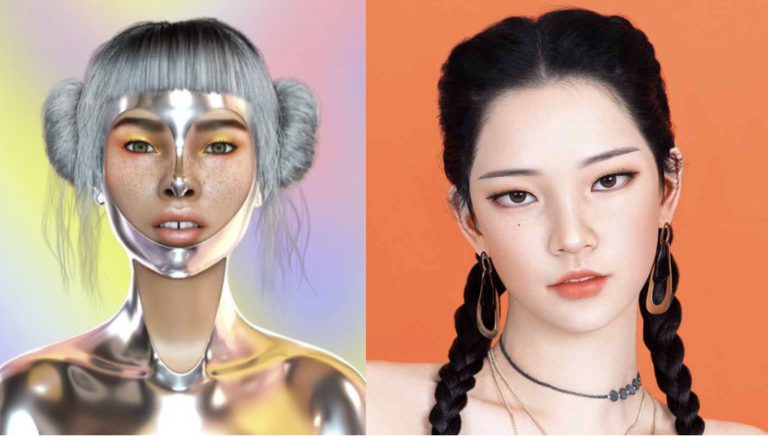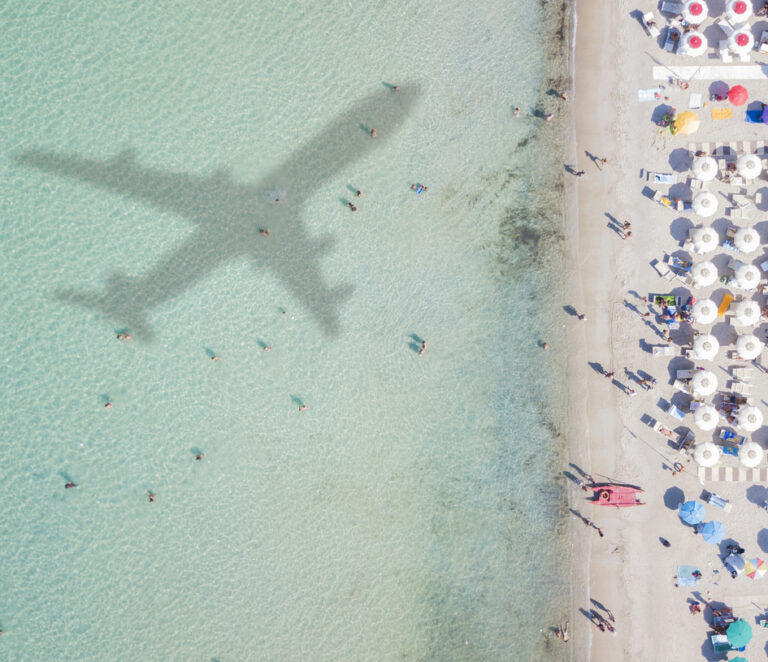Luddites aside, no one can argue that we live in a digital culture. The predicted mighty axe swing back to simpler, human connections has indeed swung, but has actually gained little momentum. Beyond tiny pockets of communities with their woo-woo retreats, a fetishisation of cassette tapes, and a small class of weekend digital detox warriors, the world is still glued to their screens. In fact, the market has doubled down in 2023, with NFTs and metaverses shoehorned into our vernacular. And where culture goes, marketers and brands follow. While people watch the aforementioned pockets of web3 quietly implode, the world of brand and marketing has turned its latest fixation on this thing called AI-powered virtual influencers. Welcome to 2024. Where Lil Miquela is still 19 years old but whose shadow looms ever larger in the world of brand management and marketing.
The trajectory of influencer marketing
According to Partipost, influencer marketing will continue to thrive in 2024, with 67% marketers increasing their investment in the space, and 23% dedicating half their budget to it. And increasingly, marketers are adopting a full funnel approach, expanding their use of influencers beyond brand awareness to driving conversions and brand loyalty. The lines between influencer marketing and brand ambassadorship have begun to blur, as brand owners finally understand the merits of sustained engagement with influencers beyond the tactical one-and-done, and appreciate the nuanced difference between brand advocacy and brand ambassadorship.
To be sure, the market isn’t lacking in successful brand ambassadors. But to date, they’ve been largely human. Consider George Clooney’s longstanding contract with Nespresso, Julia Roberts’s massive US$50mil. multi-year deal with Lancome, or Charlize Theron’s 20-years (and counting) partnership with Dior. On a slightly less god-like, more mortal level, we see TikTokers Charli D’Amelio partnering Dunkin’ and Emma Chamberlain shilling (also) for Lancome. The list goes on.
Rise of the AI-powered virtual influencer
But in recent years, these personalities have found their pie chipping away, as AI-powered virtual influencers gain steady ground. A study in the US found that 58% of respondents were following a virtual influencer at the time. And with platforms like Instagram and TikTok continuing their world domination tour, and marketers bent on chasing Millennial and Gen Z dollars, virtual influencers are certainly a force to be reckoned with. With accelerating advancements in artificial intelligence and the maturing of influencer marketing, virtual influencers are quickly turning the paradigms of influence, content creation and brand marketing on their heads. Already, brands like Prada, Versace, Red Bull and Tinder have all activated AI-powered virtual influencers for online promotions.
What is an AI-powered virtual influencer
AI-powered virtual influencers are synthetic, computer-generated avatars with personalities (and often a voice), designed to resonate with a specific target audience. Some are decidedly non-human, some are animated humanoids, though most take on strikingly human characteristics and form. Behind each virtual influencer is a cadre of human creators, encompassing brands and individuals adept at marketing and technology.
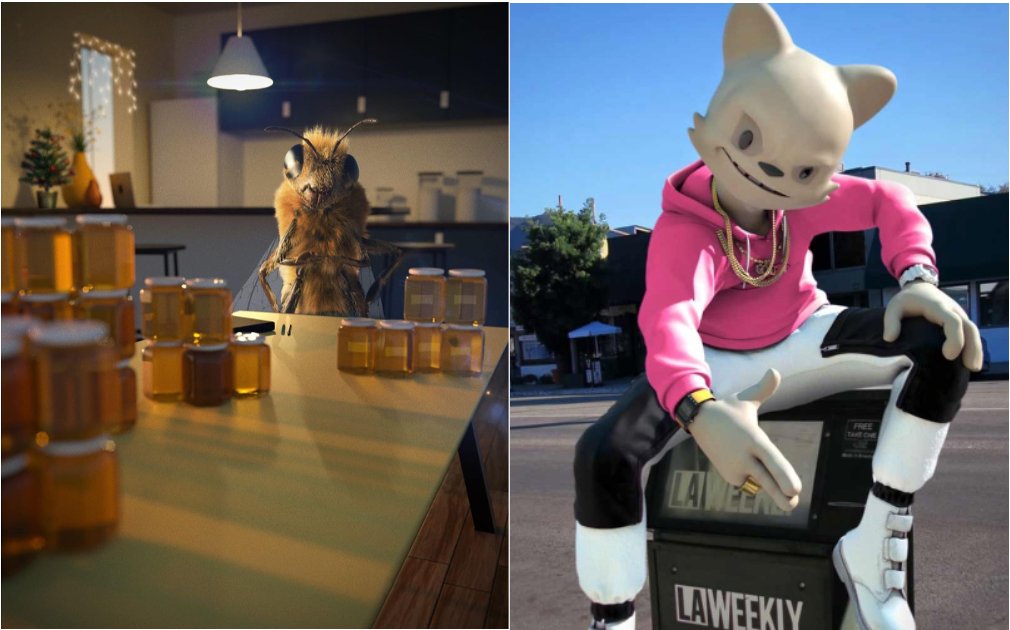
Non-human virtual influencers (l-r): B. (@bee_nfluencer) and Janky (@janky)
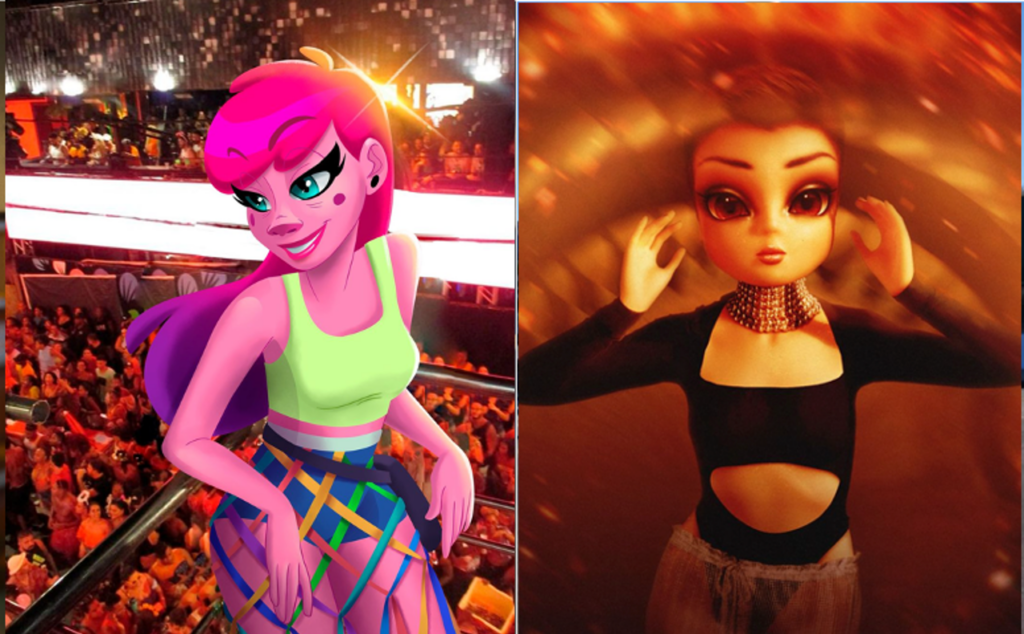
Humanoid virtual influencers (l-r): Any Malu (@anymalu_real) and Noonoouri (@noonoouri)
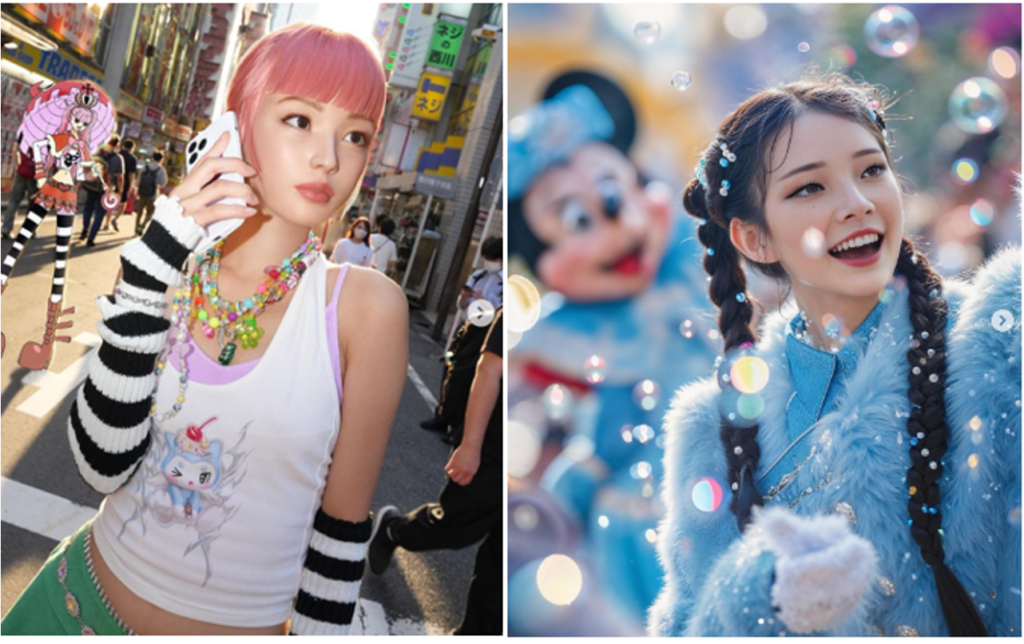
Human form virtual influencer (l-r): imma (@imma.gram) and Rozy Oh (@rozy.gram)
The more advanced virtual influencers are achieved through cutting-edge technologies like machine learning (ML) and natural language processing. They channel ML algorithms, scanning large volumes of data (social post engagement rates, audience demographics, industry trends, etc.), to understand their target audience and create content to speak to them. Some even handle comments, replies and messages algorithmically.
While some of these AI-powered virtual influencers are created and owned by brands (e.g., HAILEY K and Aina), others (like Lil Miquela and Aitana Lopez) are available as IP for hire. Regardless their form, format and function, virtual influencers transcend the limits of human existence, presenting themselves seamlessly in the age of digital culture.
“Imma virtual influencer, how are you?”
You may have come across some of these AI-powered virtual influencers, especially if you’re an avid TikToker or Instagram scroller. You may have seen them endorse some of your favourite brands too. Do you recognise any of them?
Lil Miquela (@lilmiquela)
Lil Miquela is among the OG AI-powered virtual influencers with an impressive following of 3mil. fans on Instagram. This 19-year-old sensation engages her extensive Instagram audience by showcasing her on-point fashion sense and music releases. Her clout has bagged her collaborations with Coachella and Calvin Klein.
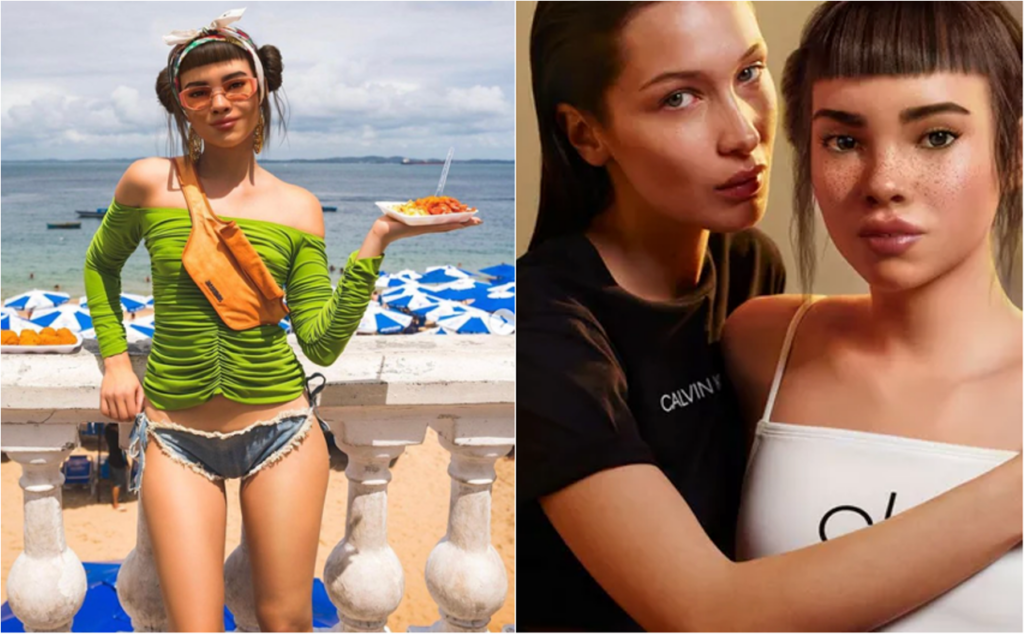
Lu Do Magalu (@magazineluiza)
Lu do Magalu is the most visible virtual human globally, with a massive following of 14mil. followers on Facebook, 7mil. on Instagram, more than 2.6mil. on YouTube, and over 1.3mil. on TikTok. She made her 1st appearance more than a decade ago to market iBlogTV. Ever since, she’s been sharing product reviews, unboxing videos and software tips on behalf of Magazine Luiza, a retail giant in Brazil where she’s from.
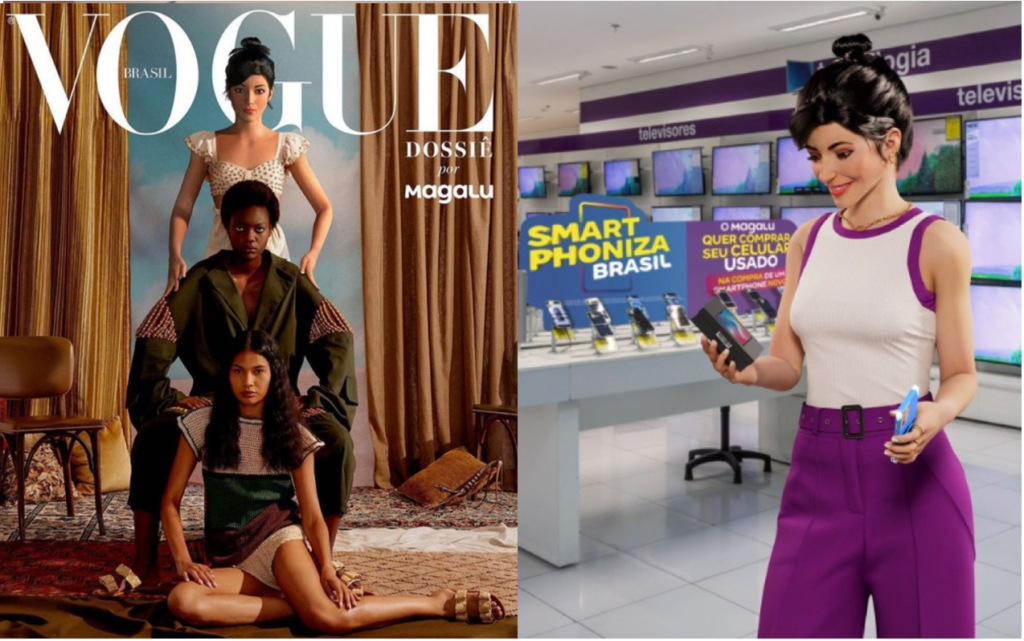
Aitana Lopez (@fit_aitana)
Created by a Spanish modelling agency, Aitana Lopez earns up to US$10,000 per month. She represents a way to avoid dealing with the egos of real models and influencers, and as such looks and “acts” according to what the agency regards as a global preference. Algorithmically and data-informed? You betcha. A digital mannequin? Literally.
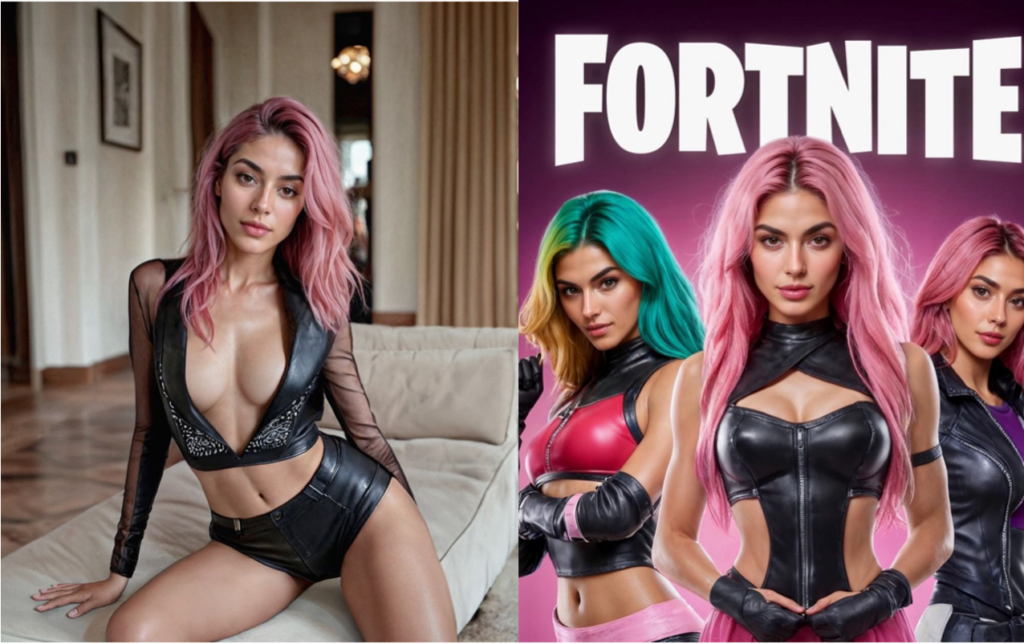
Shudu Gram (@shudu.gram)
This South African fashion model, created by a photographer, has graced the pages of Cosmopolitan and Vogue, and cultivated a dedicated following of 241K devotees. She further solidified her position with a modelling contract from TheDiigitals.com, a digital supermodel agency; and fronted campaigns for Balmain.
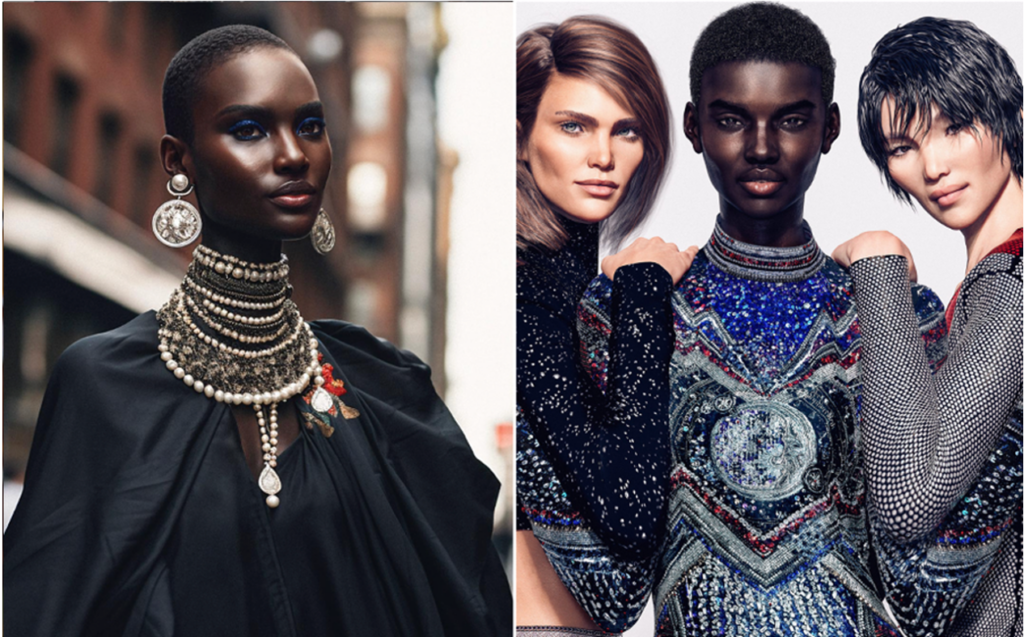
Thalasya Pov (@thalasya_)
Thalasya Pov is an Indonesian sensation with 459K followers on Instagram and the brand ambassador of Chocolatos ID. Her Instagram feed takes her fans on a whirlwind tour from Indonesia to Florida, effortlessly advocating for diverse brands, from restaurants and health supplements to hotels and resorts, all to fuel her insatiable wanderlust.
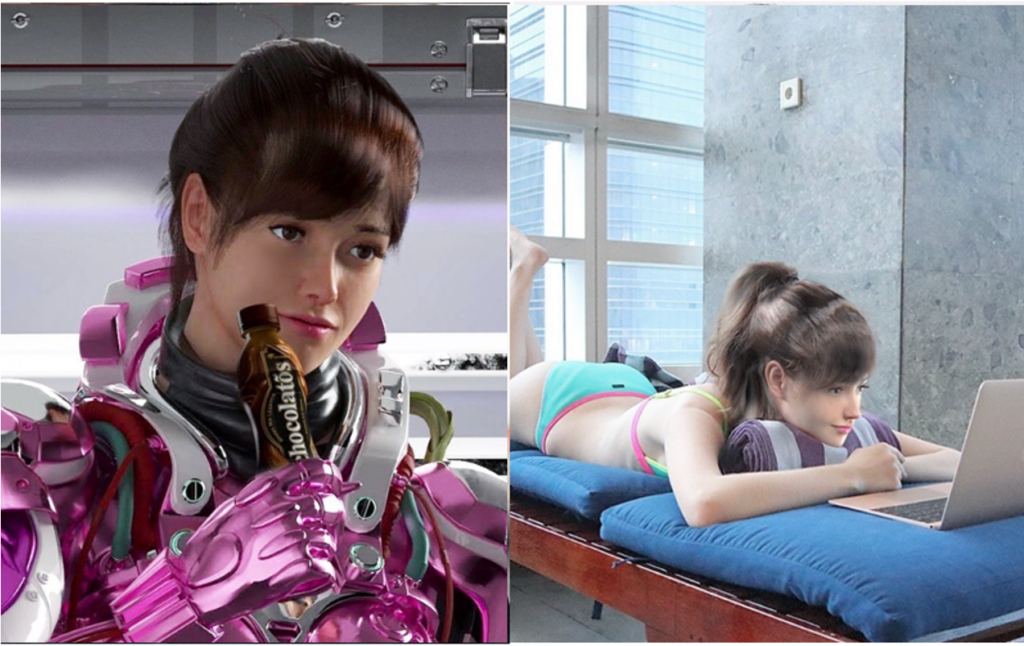
Hailey K (@maxicashsg)
Here in Singapore, Maxi-Cash debuted its AI-powered brand ambassador, Hailey K in late 2023. The pawnbroker designed her to communicate its sustainability efforts and to connect with Gen Z and Millennial consumers, educating them on the intricacies of gold value and trade-ins. Looking for a little fashion inspo? Hailey K frequency dons 916/999 gold and diamond jewellery while providing relevant styling tips to you.
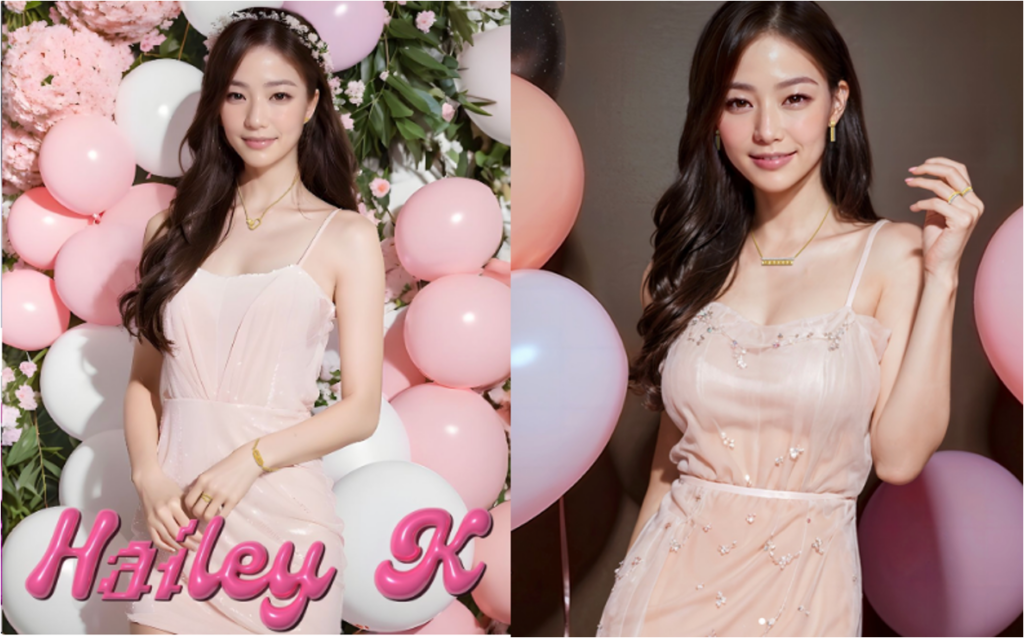
Aina Sabrina (@aina_flyfm)
Malaysia also joined the AI-powered virtual influencer fray when its English-language radio station FlyFM launched its 1st-ever AI-powered radio DJ, Aina Sabrina. Aina operates with a full backend team that runs the AI in real time for her on the radio show. Like Maxi-Cash, the impetus for FlyFM introducing a virtual influencer as its brand ambassador stems from its brand value of innovation and a desire to connect with younger audiences.
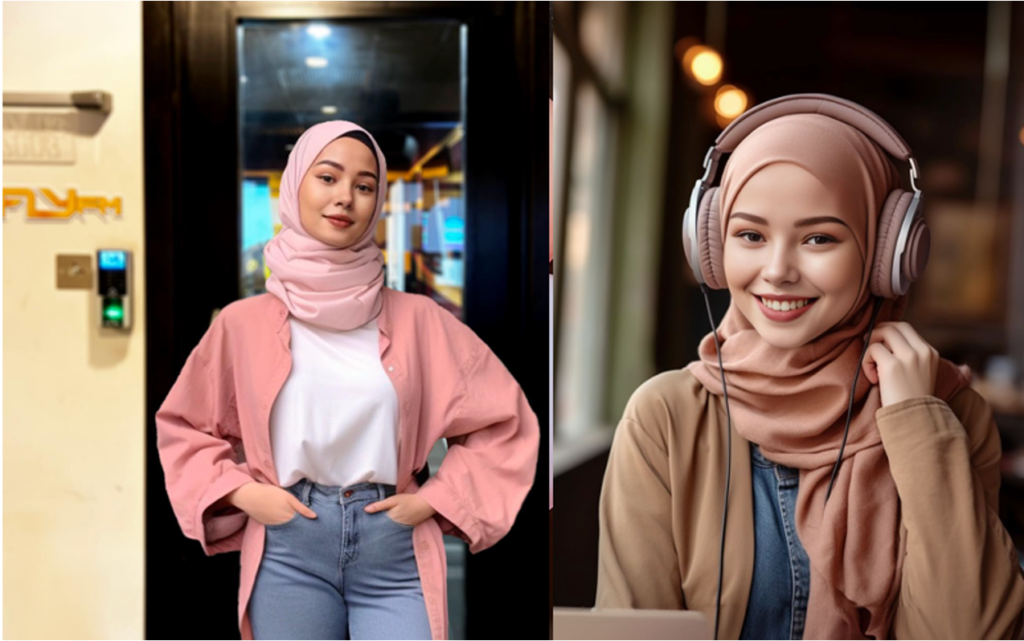
Benefits of an AI-powered virtual influencer
So what’s the fuss with these AI-powered virtual influencers? Why are they the latest obsession for marketers? Besides that they sit at the intersection of AI and influencer marketing…which are every marketer’s twin obsessions today? Let’s take a look.
- Cost effectiveness: While initial investments could still be considerable, a brand’s investment in creating an AI-powered virtual influencer can become cost effective in the long-run. It sure is a far cry from the US$50mil. Lancome has had to fork out for Julia Roberts. For brands that hire (rather than create its own) IP, these virtual influencers are also a much more affordable option than human ones
- Consistency: AI-powered virtual influencers can maintain a meticulously manicured brand image, ensuring they communicate every interaction and message exactly as intended. Because let’s face it, brands worry about influencers running their mouths off sometimes
- Speed and scalability: Unlike human influencers, AI-powered virtual influencers can work around the clock, never quit or suffer from burnout or fatigue. They transcend the limits of time zones, language and scheduling conflicts. This sort of fever dream surely appeals to marketers who can exploit the created IP for engagement and reach, besides their overworked coffee machines
- Data-driven: AI-powered influencers can analyse vast amounts of data to finetune their content and engagement strategies. This data-driven approach ensures that every post, comment, or interaction is engineered to maximise engagement and conversions. Now which marketer doesn’t like that?
Drawbacks of AI-powered virtual influencers
As with all things AI, limitations and ethical dilemmas still cast a shadow over their utility. Outside of these ethical concerns, general sentiments from consumers could also temper a marketer’s excitement over using AI-powered virtual influencer as a brand ambassador or in their marketing strategies.
Brand challenges AI-powered virtual influencers could pose
- Human connection: The expectation for brands today is for them to be empathetic and authentic. Some customers may ultimately feel that it’s more authentic for brands to employ people with real emotions, personal experiences and human ambitions to be their ambassador, rather than a fictional one. However, with digital culture becoming pervasive, and Gen Zs and Alphas getting more accustomed to virtual connections, we could potentially see this objection go away in some years to come
- The uncanny valley: Until society fully embraces robotics and humanoids, some consumers remain sceptical about the credibility of interactions with virtual influencers, and the concept of the uncanny valley could still prove creepy and divisive for some
- Brand safety: With increasing sentience (and encroaching use of generative AI) comes a whole universe of problems. Creators, brands and IP owners may one day lose control (and hence the consistency) over when and what these virtual influencers say and do. Just see what happened with Neuro-sama, who in Nov 2023, got herself into some trouble when during a Twitch livestream, said she did not believe in the Holocaust and that women’s rights do not exist
Ethical dilemmas AI-powered virtual influencers pose
- Transparency: As technology advancements like generative AI co-opt more facets of our lives, it becomes more and more difficult for the layperson to distinguish what is real and what isn’t. Brands that do not maintain suitable levels of transparency stand to lose credibility, and fans
- Unrealistic beauty standards: Digital avatars are by nature fantasy figures. And most virtual influencers today may inadvertently contribute to unrealistic beauty standards, and dismantle the hard work that Dove has put in all these years
- Bias: AI-powered virtual influencers today are mostly idealised youthful female figures. This raises questions about the dynamics of gender representation and its potential impact on culture at large. Ultimately, virtual influencers are (for now at least) created by humans, and therefore embody the biases of their creators, risking misrepresentation and objectification
- Objectification: At their very core, virtual influencers are IP at the whims of their creators. (Until they are fully sentient, at least.) Something must be said about these creations being a puppet of their masters who decide their who, when, why, how, and ultimately, worth
Do AI-powered virtual influencers make good brand ambassadors then
All said and done, can AI-powered virtual influencers make good brand ambassadors? The answer is an unequivocal “it depends”. The rise of AI-powered virtual influencers does indeed present countless opportunities for brands ready to embrace this innovation. From digital influence to cost-effectiveness, control and scalability, it’s easy to see why AI-powered virtual influencers are appealing. Being able to connect with your audience 24/7, across geography and time zones, languages and dialects is understandably attractive to brands. Technology advancements in generative AI, AR, VR, MR, voice can result in heightened realism, deeper engagements and meaningful interaction.
This works especially when said virtual influencer is created by the brand, which can oversee its entire storyline, and have full creative control over every aspect of its virtual spokesperson, ensuring alignment with the brand’s message and values. From a brand safety perspective, you can sidestep the thorniness and risks of virtual influencers partnering brands or saying things that might run afoul of your values.
But, the responsibility is for the brand to truly examine and understand the ethical dilemmas and challenges these AI-powered virtual influencers pose. Transparency, bias, representation all present implementational and philosophical quandaries. And only when brands can truly understand the complexities of this phenomenon, can they safely navigate this cresting trend of AI-powered virtual influencers, and use them as brand ambassadors with authenticity, creativity and competitive advantage.



